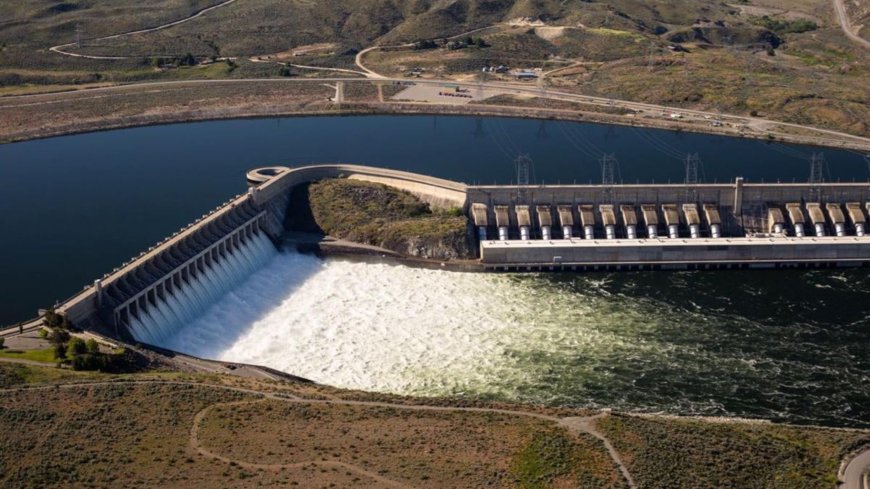A Detailed Insight on the Growing Importance of Fish Passage in Hydropower

Hydropower has long been a leading source of renewable energy, providing clean electricity and supporting economic growth. But as environmental awareness grows, so does the recognition that dams and weirs can disrupt river ecosystemsespecially for migratory fish. This is why modern hydropower projects are placing increasing emphasis onfish passage: innovative solutions that allow fish to move freely past barriers, ensuring healthy populations and sustainable operations. Real-world examples show that when hydropower and ecology work together, everyone benefits.
The Ecological Imperative for Fish Passage
Rivers are lifelines for countless species, many of which rely on migration to complete their life cycles. Salmon, eel, and sturgeon are just a few examples of fish that travel hundreds of miles to spawn or feed. When dams block these routes, populations can decline, and entire ecosystems suffer. Research from the Pacific Northwest National Laboratory highlights that effectivefish passage systemis not just about moving fishits about understanding their behavior, physiology, and the stressors they face as they navigate man-made barriers. By restoring connectivity, we help protect biodiversity and ensure the long-term health of our rivers.
Regulatory Pressures and Public Expectations
Governments and communities are demanding more from hydropower operators. Regulations like the U.S. Endangered Species Act and the EU Water Framework Directive require dam owners to minimize harm to aquatic life and restore migration routes. Public opinion also plays a role: people expect energy companies to be good stewards of the environment. In response, many hydropower projects now prioritizepassage systemsas a core part of their operations, not just an afterthought. This shift is driven by both legal requirements and the desire to maintain social license to operate.
Innovations in Fish Passage Technology
Advances in technology are making it easier than ever to integratefish passageinto hydropower projects. Traditional solutions like fish ladders and lifts are being joined by modern, modular systems that use AI-powered sorting, pneumatic transport, and real-time monitoring. These innovations allow for rapid, safe, and efficient movement of fish over barriers, with minimal stress or injury. For example, Whooshh Innovations PassagePortal can identify and transport up to 40 fish per minute, ensuring that even large migrations are handled smoothly?. By leveraging data and automation, these systems deliver better outcomes for both fish and operators.
Fish Passage Solution: A Case Study in Action
One of the most compelling examples of a successfulfish passage solutioncomes from the Big Bar landslide on British Columbias Fraser River. When a massive rock slide blocked salmon migration in 2019, the stakes were high: millions of fish were at risk, and the local ecosystem and economy hung in the balance. In response, Whooshh Innovations deployed its PassagePortal technology, which uses gentle pneumatic tubes to move salmon safely over the landslide site. The system was installed quickly, required minimal infrastructure, and operated with remarkable efficiency. Over the course of the migration season, thousands of salmon were transported upstream, ensuring that the run was not lost. This real-life success story demonstrates how modernfish passage solutions can save entire populations and restore ecological balance.
Looking Ahead: The Future of Fish Passage in Hydropower
The trend is clear:fish passagesolutions will continue to be a priority for hydropower projects around the world. As climate change, regulatory scrutiny, and public expectations evolve, the demand for smarter, more adaptable solutions will only grow. Emerging technologies like hydroacoustic monitoring, predictive analytics, and adaptive bypass systems are already being tested and deployed. By embracing these innovations, hydropower operators can ensure that their projects are both environmentally responsible and economically viable.
Conclusion: A Win-Win for Energy and Ecology
Hydropower projects that prioritizefish passageare setting a new standard for sustainability. By restoring river connectivity, protecting biodiversity, and meeting regulatory requirements, these projects demonstrate that energy and ecology can go hand in hand.As the industry moves forward,fish passage systemswill remain a cornerstone of responsible hydropower developmentensuring a brighter future for both fish and people.

































